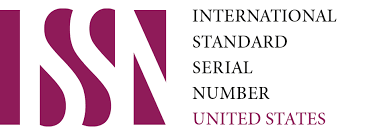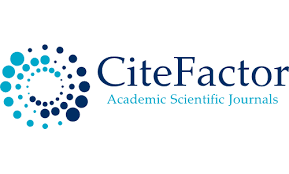Comparative Typological Analysis of Poetics of Uzbek and English Fairy Tales
Keywords:
artistic thinking, reality, harmony of imaginationAbstract
In this article, the general characteristics, structure, character of folk tales in English and Uzbek folklore are discussed and analyzed. Features of folk tales that differ from other types of folklore, level of study in English and Uzbek languages.
References
Davlatova, M.H. (2019). Variability of changing meanings in English.- European Journal of Research and Reflection in Educational Science, Volume.7 No.12, pp.778-780.
Adizova, O. I. (2018). "World literature and biographical style". ISJ Theoretical and applied sciences, number: 10. Volume: 66. Section 29. Literature. Folklore. Translation, pp. 327-330.
Lang, A. (1991). The blue fairy book. 5th ed, London: Longmans.
Zhirmunsky, V.M. (1966). The Epis of "Alpamysh" and the Return of Odysseus. Proceedings of the British Academy, 52, London, p.286.
Sayfullayeva, R.R., & Gaybullayeva, N.I. (2020). Classification of structural groups of medical euphemisms in the Uzbek language, International Journal of Control and Automation, Vol. 13, no. 1s, page 115.
Jacobs J. English fairy tales and more English fairy tales. - London, 2002. - 408 r.
Downloads
Published
Issue
Section
License

This work is licensed under a Creative Commons Attribution-NonCommercial 4.0 International License.
User Rights
Under the Creative Commons Attribution-NonCommercial 4.0 International (CC-BY-NC), the author (s) and users are free to share (copy, distribute and transmit the contribution).
Rights of Authors
Authors retain the following rights:
1. Copyright and other proprietary rights relating to the article, such as patent rights,
2. the right to use the substance of the article in future works, including lectures and books,
3. the right to reproduce the article for own purposes, provided the copies are not offered for sale,
4. the right to self-archive the article.













